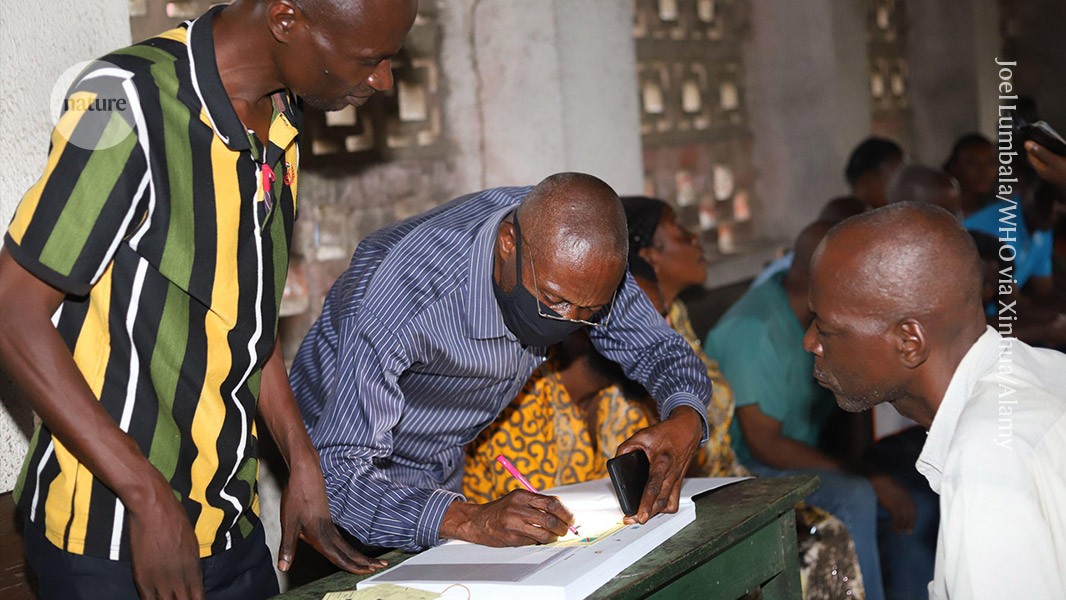
"An outbreak of Ebola has been reported in the Democratic Republic of the Congo (DRC), with 47 confirmed cases, including 25 deaths, as of yesterday, according to the World Health Organization (WHO). There are also a probable 10 additional cases and deaths, the WHO says. On 4 September, the DRC's Ministry of Health confirmed that the outbreak was caused by the Zaire ebolavirus, the most dangerous and common of Ebola virus strains, which was also responsible for the 2014-16 outbreak in West Africa."
"Although the precise source of the outbreak is not known, researchers say that it probably arose from a spillover event, in which the virus transfers from an infected animal, such as a bat, to humans. "It's not identical to previous strains that have been identified, which strongly suggests that it's a new spillover event," says epidemiologist Peter Horby of the Pandemic Sciences Institute at the University of Oxford, UK. The outbreak is currently confined to four regions of Kasai province: Bulape, Mweka, Mushenge and Kakenge. These areas are remote and isolated, making it challenging for responders to reach them, Horby says."
""I think the big problem is that the patients - because it's an isolated area and it's very rural - are presenting very late, with quite advanced disease and have very restricted health-care systems, so the mortality rate is very high," he adds. Although this makes tackling the outbreak difficult, "the remoteness may shield the outbreak [from] other settings", says Henry Kyobe Bosa, who leads the Ebola and COVID-19 response for Uganda's Ministry of Health."
An Ebola outbreak in the Democratic Republic of the Congo has 47 confirmed cases and 25 deaths, with a probable 10 additional cases and deaths. The Ministry of Health identified the Zaire ebolavirus on 4 September, the strain linked to the 2014–16 West Africa epidemic. The World Health Organization has requested US$21 million to support response efforts focused on deploying health workers, early case identification, community engagement, treatment delivery and transmission reduction. Researchers say the event likely began from an animal-to-human spillover and the outbreak is currently limited to four remote regions of Kasai province, complicating response and increasing mortality risk.
Read at Nature
Unable to calculate read time
Collection
[
|
...
]